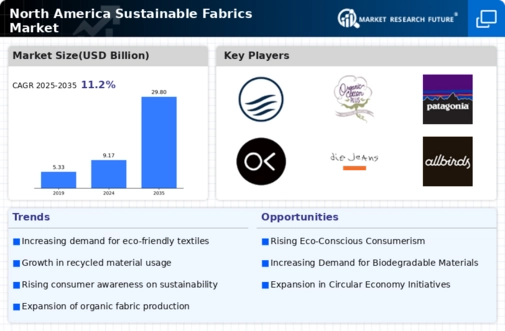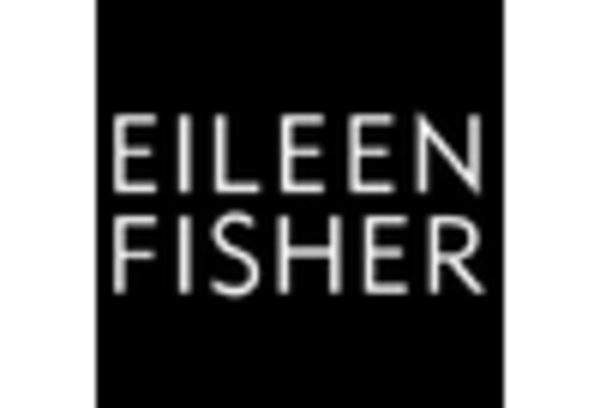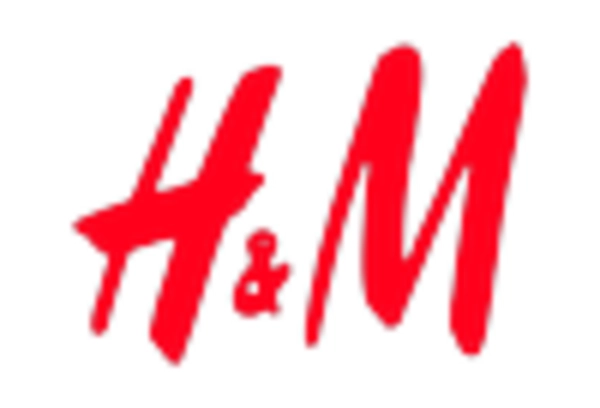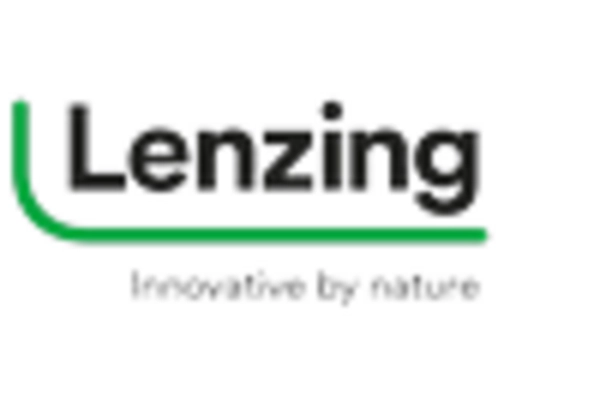Rise of Ethical Fashion Brands
The rise of ethical fashion brands is significantly influencing the sustainable fabrics market. These brands prioritize sustainability and ethical practices, appealing to a growing demographic of consumers who value responsible consumption. In North America, the ethical fashion segment has seen a surge in popularity, with sales projected to increase by 20% annually. This trend reflects a broader cultural shift towards valuing transparency and ethical sourcing in fashion. As consumers become more discerning, brands that emphasize sustainable fabrics and ethical production methods are likely to gain a competitive edge. This movement not only drives demand for sustainable materials but also encourages traditional brands to adopt similar practices, thereby expanding the sustainable fabrics market.
Consumer Awareness and Preferences
The growing awareness among consumers regarding environmental issues appears to be a pivotal driver for the sustainable fabrics market. As individuals increasingly prioritize eco-friendly products, brands are compelled to adapt their offerings. Surveys indicate that approximately 70% of consumers in North America express a preference for sustainable materials when making purchasing decisions. This shift in consumer behavior is likely to influence manufacturers to invest in sustainable practices, thereby expanding the sustainable fabrics market. The demand for transparency in sourcing and production processes further underscores this trend, as consumers seek assurance that their choices contribute positively to the environment. Consequently, companies that align their products with these values may experience enhanced brand loyalty and market share, indicating a robust potential for growth in the sustainable fabrics market.
Government Incentives and Policies
Government policies and incentives play a crucial role in shaping the sustainable fabrics market. In North America, various federal and state initiatives are designed to promote sustainable practices within the textile industry. For instance, tax credits and grants for companies that invest in eco-friendly technologies are becoming more prevalent. These incentives encourage manufacturers to transition towards sustainable fabrics, thereby reducing their environmental impact. Additionally, regulatory frameworks that mandate the use of sustainable materials in government contracts further stimulate market growth. As these policies evolve, they are likely to create a more favorable environment for the sustainable fabrics market, driving innovation and adoption of sustainable practices across the sector.
Corporate Sustainability Initiatives
Many corporations in North America are increasingly adopting sustainability initiatives, which significantly impacts the sustainable fabrics market. As businesses recognize the importance of corporate social responsibility, they are integrating sustainable practices into their supply chains. Reports suggest that over 60% of major companies have set ambitious sustainability goals, including the use of eco-friendly materials. This trend not only enhances their brand image but also meets the rising consumer demand for sustainable products. By collaborating with suppliers who prioritize sustainable fabrics, companies can reduce their environmental footprint and appeal to a broader audience. This corporate shift towards sustainability is likely to drive innovation and investment in the sustainable fabrics market, fostering a more environmentally conscious approach to textile production.
Technological Advancements in Recycling
Technological advancements in recycling processes are emerging as a significant driver for the sustainable fabrics market. Innovations in fabric recycling technologies enable the transformation of post-consumer textiles into new materials, thereby reducing waste and resource consumption. In North America, companies are increasingly investing in these technologies, with estimates suggesting that the recycling market for textiles could reach $1 billion by 2027. This growth is indicative of a broader trend towards circular economy practices within the textile industry. By enhancing the efficiency of recycling processes, manufacturers can produce sustainable fabrics with lower environmental impact, thus appealing to eco-conscious consumers. The integration of advanced recycling technologies is likely to bolster the sustainable fabrics market, fostering a more sustainable approach to fabric production.


















Leave a Comment